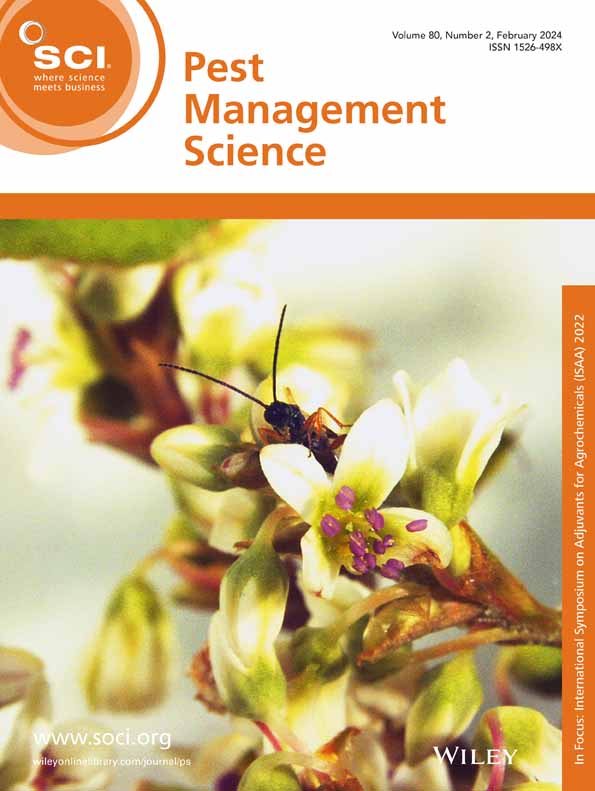Silencing of the plant-derived horizontally transferred gene BtSC5DL effectively controls Bemisia tabaci MED
Abstract
BACKGROUND
The whitefly Bemisia tabaci is a notorious agricultural pest known for its ability to cause significant crop damage through direct feeding and virus transmission. Its remarkable adaptability and reproductive capacity are linked to its ability to acquire and integrate horizontally transferred genes (HTGs) into its genome. These HTGs increase the physiological and metabolic capacities of this pest, including cholesterol synthesis, which is critical for its survival and reproductive success. Among these genes, we identified a plant-derived B. tabaci Δ7-sterol C5-desaturase-like gene (BtSC5DL), which plays a pivotal role in B. tabaci cholesterol metabolism and reproductive biology.
RESULTS
In this study, we cloned and identified the BtSC5DL gene from B. tabaci Mediterranean (MED). Bioinformatics and molecular analyses revealed that BtSC5DL was transferred from plants to B. tabaci millions of years ago and is now stably expressed in this species. Silencing BtSC5DL through dsRNA feeding resulted in significant reductions in egg production and cholesterol content in B. tabaci MED. Furthermore, virus-induced gene silencing (VIGS) experiments confirmed that long-term suppression of BtSC5DL had a notable ability to control whitefly populations.
CONCLUSION
Our results demonstrate the crucial role of BtSC5DL in cholesterol biosynthesis in B. tabaci MED and suggest that the acquisition of this gene significantly enhances the reproductive capacity of this species. These findings provide a theoretical basis for the development of RNA interference (RNAi)-based pest control strategies targeting BtSC5DL, offering a potential new approach for the effective management of whitefly populations in agricultural settings. © 2025 Society of Chemical Industry.



 求助内容:
求助内容: 应助结果提醒方式:
应助结果提醒方式:


